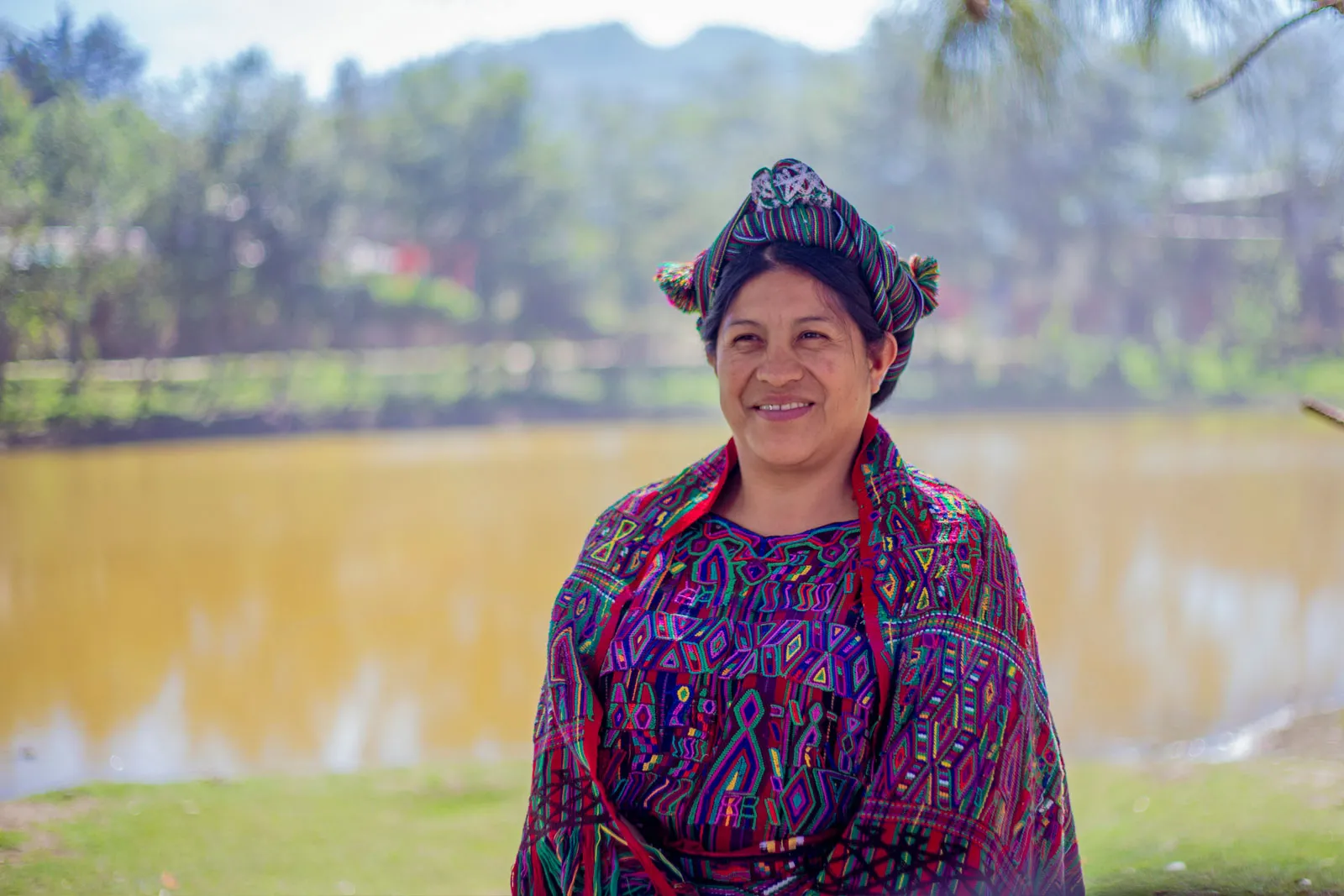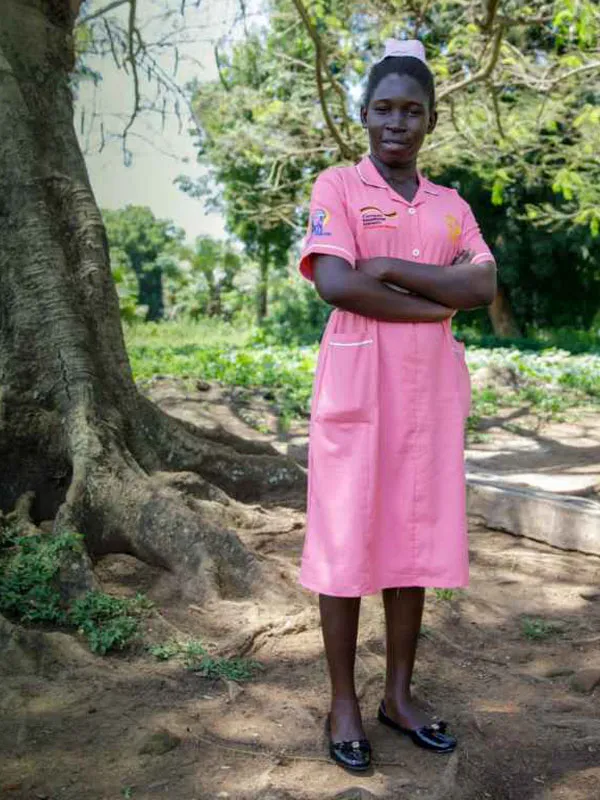Impact Magazine features stories from CARE’s work around the world, including our response to the latest crises, solutions for defeating poverty, and features on women and girls we work with.
This year has presented enormous threats to the humanitarian sector, and it’s been heartbreaking to see life-sustaining support reduced for millions of people worldwide. We believe that, now more than ever, it is important to share the stories of innovation and impact that your partnership helps to make possible. We have solutions, and with your help, we can make a difference.
Do you have feedback or suggestions for future issues? We’d love to hear from you! Drop us a note at impact@care.org.


